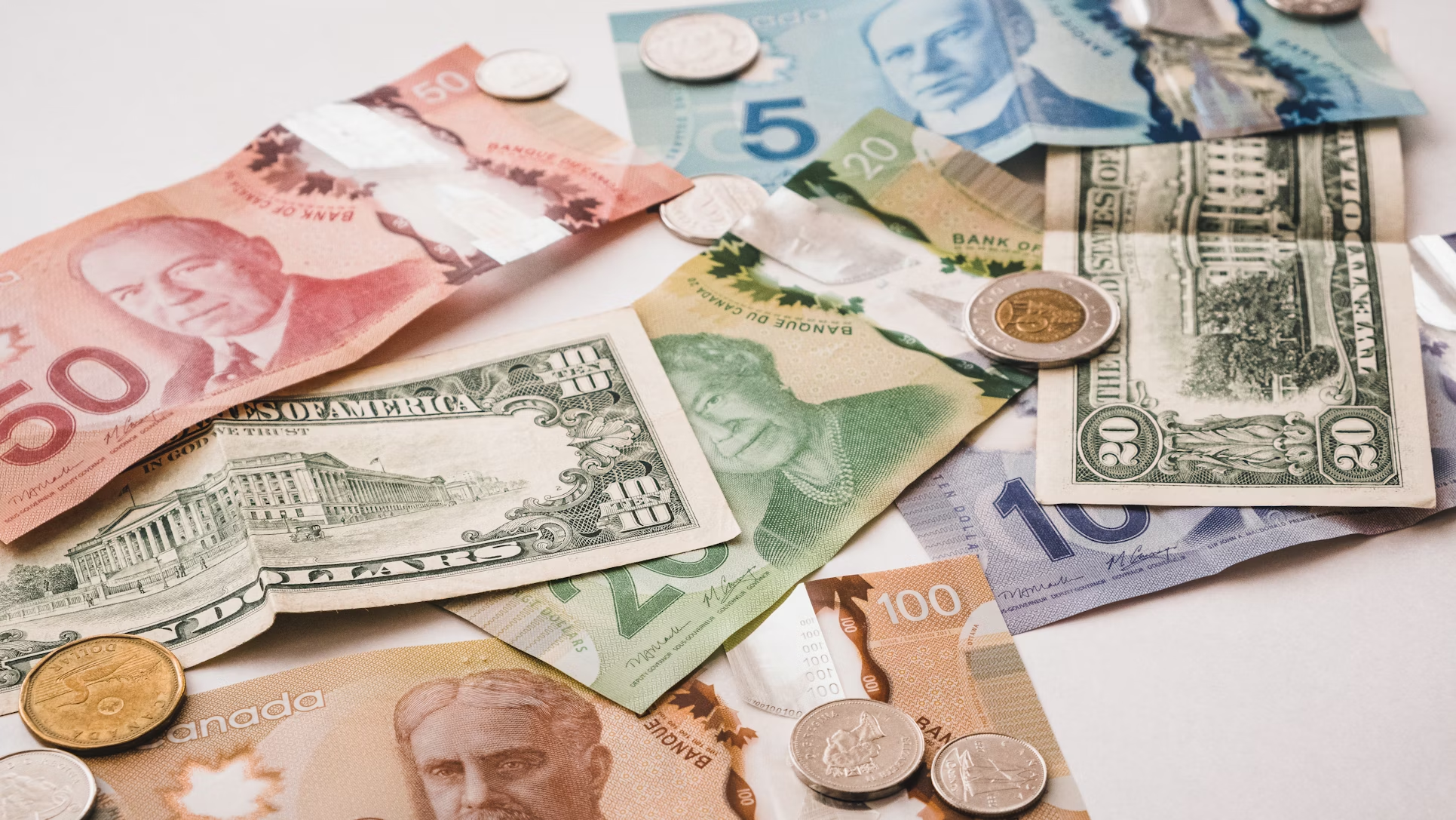It seems like a distant memory when the yield curve is inverted and recession alarmists are widespread. The relationship between the highlighted 10-year and 2-year Treasury yield just now normalised on Wednesday, reversing a classic recession indicator. One of the factors stems from a sharp decline in job openings and dovish stance from the Federal Reserve. An inverted yield curve, where shorter-duration yields are higher than longer-duration ones, has historically signalled most recessions since World War II. However, this event does not necessarily indicate positive economic times ahead. In fact, the curve typically reverts before a recession hits, suggesting the real challenge is now here. The yield curve inversion had been the longest on record, lasting 544 consecutive trading days as of Wednesday.
EQUITY
U.S. stocks ended slightly lower as the volatility index went slightly higher, influenced by job openings that fell to a 3.5-year low in July. Utilities and consumer staples stocks led gains, while energy and technology sectors dragged as giant Nvidia's shares continued to fall by 1.7% even though rumours of a Department of Justice subpoena were denied. Other major tech stocks also declined, including Apple, Microsoft, Alphabet, and Amazon.
GOLD
Gold prices shot up to break an important resistance level at $2507 ahead of crucial US jobs data. A drop in job openings and weakening US factory activity initially provided the momentum for the current rally. Investors now anticipate 125 basis points in rate cuts over the Fed's remaining three meetings this year, up from the previous consensus of 100 basis points.
OIL
Oil prices edged up from multi-month lows after a significant drawdown in U.S. crude inventories. The American Petroleum Institute reported a larger-than-expected 7.431 million barrel extracted in U.S. crude stocks, far exceeding consensus. Even with these factors, both Brent and WTI crude futures settled lower on Wednesday, suggesting an abnormal slowdowns in major economies and their impact on oil demand.
CURRENCY
The U.S. dollar crashed against major currencies after disappointing economic data raised bets for higher interest rate cuts, with market participants expecting a 45% chance of a 50 basis point rate cut at the Fed's upcoming meeting, with over 100 basis points of cuts priced in by year-end. Investors are closely watching upcoming economic indicators, particularly Friday's nonfarm payrolls report, which could further influence market expectations and currency movements.














